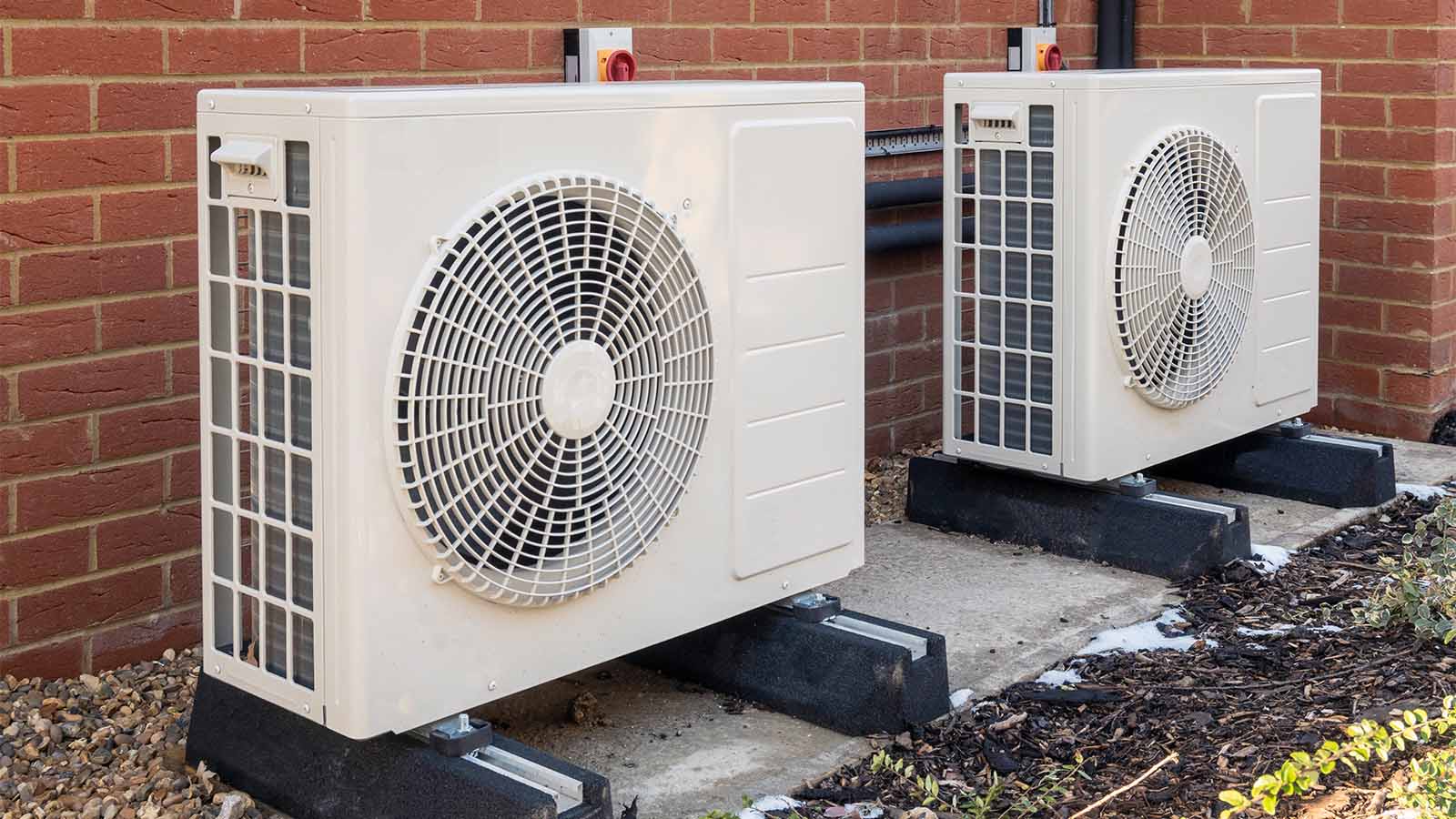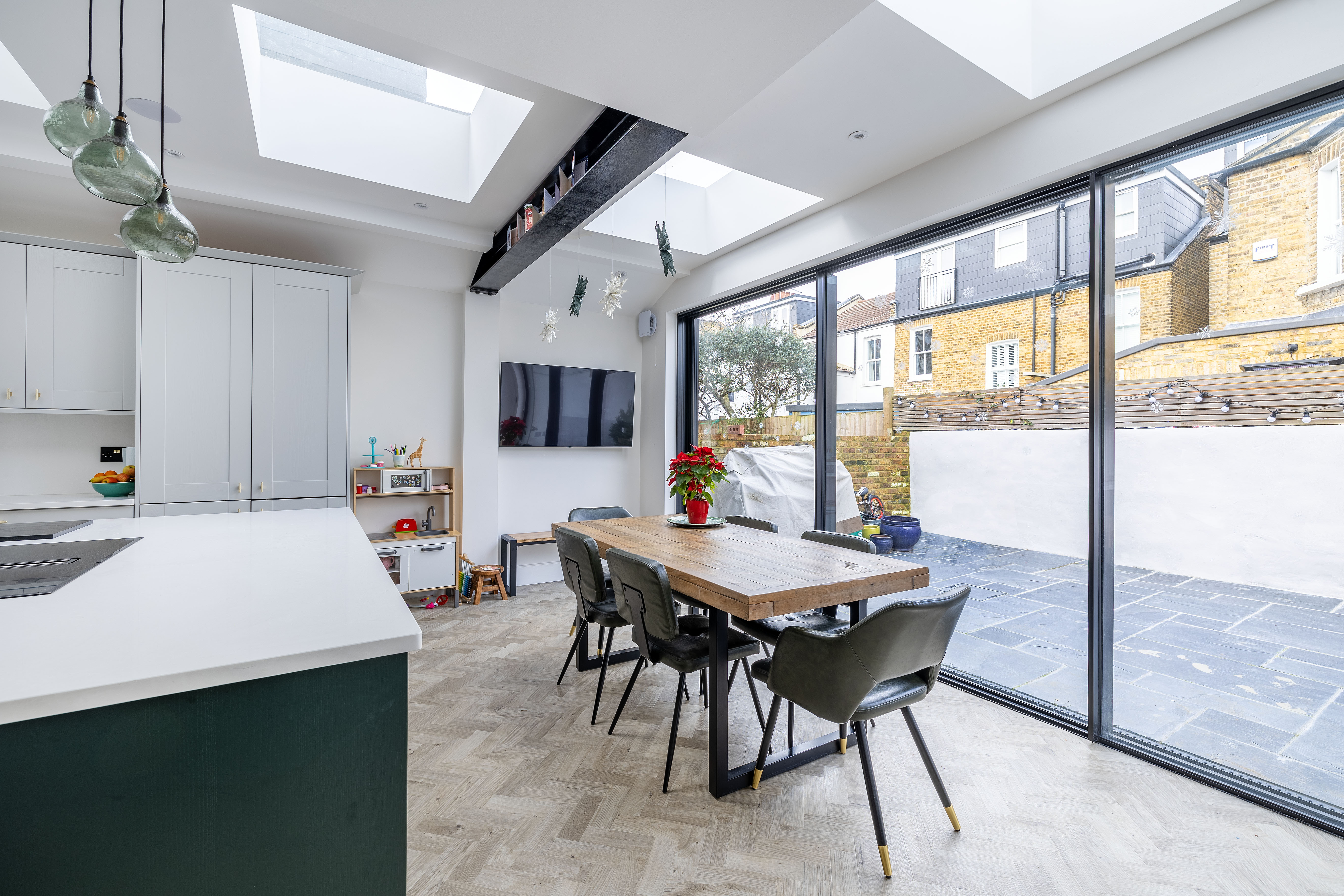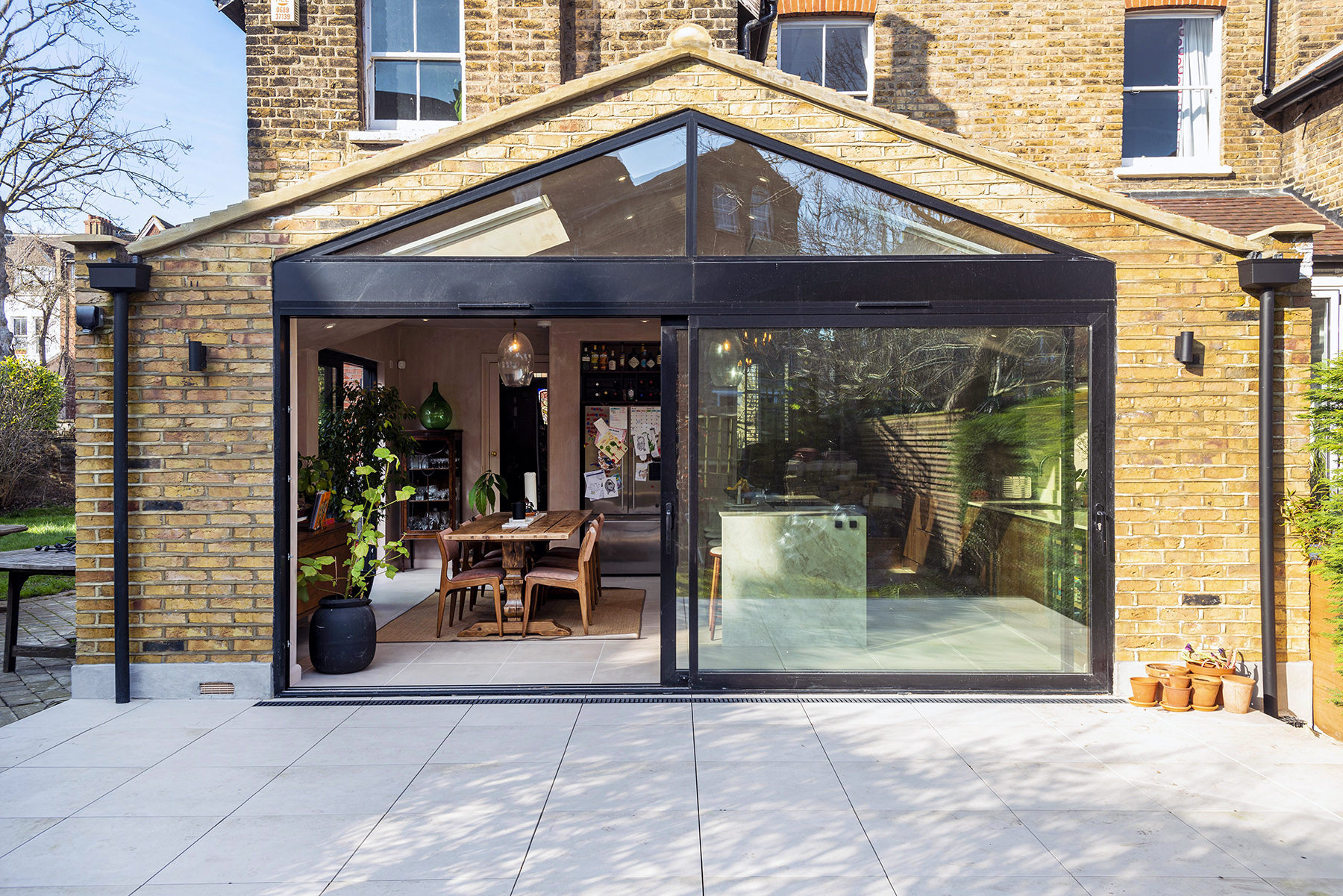- 11-11-24
- 6 min read
- Blog
.jpg)
Amazing home extensions do more than just add space – they're an opportunity to dramatically improve how our homes perform.
With thoughtful design and modern approaches, extensions can create bright, comfortable rooms that work with the environment rather than against it.
Today's building knowledge and materials let us create spaces that stay warm in winter and cool in summer, while using minimal energy.
Whether you're planning a modest kitchen extension or a larger transformation, sustainable design principles can enhance both daily living and environmental impact.
Let's explore practical ways to create extensions that work better - for comfortable living, sensible running costs, and a lighter environmental footprint.
Creating high-performance extensions starts with getting the basics right: insulation, glazing, thermal mass, and air-tightness.
Let's review each element and how to build extensions that maximise the use and value of each:
Modern insulation transforms how extensions perform.
Good insulation keeps warmth in during winter and out during summer, dramatically reducing heating bills while improving comfort.
The difference between basic building regulations and high-performance insulation can halve your heating needs.
Today's materials offer far better performance than traditional options. Whether using mineral wool, rigid foam boards, or natural materials like wood fibre, modern solutions create extremely efficient spaces.
Different areas need different approaches:
Walls need 200-300mm of high-grade insulation, carefully detailed around openings
Roofs often accommodate 300-400mm or more, crucial as heat rises
Floors require robust insulation plus special attention to edge details
All junctions need careful design to prevent heat leaks
Every thermal bridge must be eliminated through thoughtful construction
Windows and doors do far more than let in light.
Modern glazing creates bright, draught-free spaces while maintaining comfortable temperatures. Gone are the days of cold spots near windows or condensation running down panes.
Triple glazing has become standard for high-performance extensions. Three layers of glass with inert gas create exceptional insulation while letting in plenty of light. Special coatings (e.g. type-E glass) manage solar gain by letting in the winter sun while reflecting excessive summer heat.
Frame choice matters as much as glass. Modern frames include thermal breaks, which are barriers that prevent heat from flowing through the frame itself.
Combined with quality installation and proper sealing, these create windows that perform as well as insulated walls.

Above: High-quality glazing can make a huge difference to insulation and, therefore, heating bills.
Modern extensions achieve exceptional airtightness through careful design and skilled construction, dramatically improving both comfort and efficiency.
Creating an airtight shell requires attention to every junction and penetration. From where walls meet floors to where pipes pass through walls, each potential air leak needs sealing.
Critical areas to assess when sealing extensions include:
Wall and roof connections need careful taping
Window and door installations require proper sealing
Every service pipe or cable needs airtight grommets
Materials must overlap correctly at junctions
Regular testing ensures standards are met
When planning an extension, the strategic use of thermal mass can be a real game-changer in terms of maintaining comfort and efficiency.
Say you're adding a single-storey rear extension with large glazed doors opening onto the garden. All that extra glass means there's a lot more potential for overheating during the day.
But by incorporating a concrete floor slab and exposing some masonry walls in the new space, you create a thermal battery that can soak up that excess solar gain.
Then, as the sun goes down and temperatures drop, that stored heat slowly radiates back into the room, keeping things nice and cosy.
Or maybe you're expanding upwards with a loft conversion. Here, exposed solid concrete or brick walls can do wonders. They'll temper the temperature swings often occurring in top-floor spaces, smoothing out daily and seasonal fluctuations.
No more stuffy, sweltering summers or freezing winters. Just consistent, comfortable conditions.
Modern extensions can produce their own energy through renewable systems.
When properly selected and integrated, these technologies transform spaces from energy consumers into efficient, comfortable rooms that cost less to run.
Heat pumps have become far more common in recent years, offering consistent ultra-low-cost power.
They work like reverse refrigerators, extracting warmth from outside air or ground and concentrating it to heat your home.
There are two main types of heat pumps:
Air-source heat pumps, mounted on external walls, draw heat from outside air. They work well even in cold weather, though their efficiency drops as temperatures fall.
Ground-source systems use buried pipes to capture more stable earth temperatures. They offer better efficiency but require garden space for installation.

Above: An example of an air-source heat pump
Solar panels convert sunlight directly into electricity through photovoltaic cells. Modern panels work effectively even in cloudy conditions, while batteries can store power for evening use.
A typical 4kW system needs about 20m² of roof space, ideally facing between southeast and southwest. Panels can be mounted on most roof types, while new systems can integrate directly into roof tiles or glazing.
Essential elements:
Available roof space and orientation
Structural support requirements
Connection to home electrics
Battery storage location
Export meter installation
Heat pumps and solar panels work particularly well together.
Solar power can run heat pumps during daylight, while batteries store excess for evening heating. Good control systems manage this automatically, switching between power sources to minimise costs.
The key planning considerations for integrating these technologies into your extension include:
Accurately determining the power requirements and properly sizing the heat pump and solar panel system
Ensuring the storage capacity of the battery system matches the home's energy usage patterns
Designing an advanced control system to seamlessly manage the switching between solar, battery, and grid power
Carefully planning the installation sequence to properly integrate the components
Allowing for future expansion space to add more solar panels or increase battery capacity as needs evolve
Material choices affect both environmental impact and living quality.
Modern sustainable materials create healthy, comfortable spaces while reducing carbon footprint. From structure to finishes, each choice contributes to overall performance.
When selecting materials, the key considerations include:
Prioritising local sourcing where feasible to minimise transportation emissions
Choosing low-embodied carbon options that have a reduced environmental impact
Opting for natural and renewable products over synthetics
Selecting durable finishes that will age gracefully over time
Prioritising non-toxic and low-emission materials to maintain indoor air quality
By thoughtfully evaluating each material choice through this lens, the project can maximise sustainability while delivering high-quality, comfortable living spaces. The cumulative impact of these material decisions is critical to the overall environmental performance and livability of the building.
Passivhaus represents the pinnacle of sustainable building performance.
Though developed in Germany, it's now widely adopted in the UK as the gold standard for energy-efficient construction. Buildings meeting this standard need almost no conventional heating while maintaining superb comfort and air quality year-round.
The results speak for themselves - heating bills often drop to less than £100 per year while indoor temperatures remain consistently comfortable. This remarkable performance comes from obsessive attention to building physics rather than complex technology.
While technically possible to retrofit existing buildings to Passivhaus standards, it's particularly well-suited to new extensions.
Starting fresh allows for perfect detailing of insulation and airtightness - crucial elements that prove challenging to achieve when working with existing structures.
The standard focuses on measurable performance rather than prescribed solutions. Through exceptional design and construction, certified buildings typically use 90% less energy for heating than standard UK homes.
This remarkable efficiency comes from five fundamental principles, each working in harmony with the others, including:
Exceptional insulation (typically 300mm-400mm in walls)
Airtight construction (maximum 0.6 air changes per hour)
Triple-glazed windows and doors (U-value below 0.8 W/m²K)
Mechanical ventilation with heat recovery (MVHR)
Thermal bridge-free design and construction
While achieving full Passivhaus certification demands meticulous attention to detail and higher upfront investment, many extensions adopt its principles without seeking formal certification.
This "fabric first" approach creates high-performance spaces that dramatically reduce energy use while improving comfort. Even implementing some Passivhaus techniques can significantly enhance an extension's performance.
Getting it right requires careful planning and experienced designers. Every junction, material choice and detail matters. But for those seeking exceptional sustainability in their extension, Passivhaus principles offer a proven path to outstanding results.

Above: Building extensions with
Excellent home extensions work with the environment, not against it. Through thoughtful design and modern materials, we can create bright, comfortable spaces that use less energy while enhancing how we live.
Today's building knowledge lets us extend properties intelligently. Smart design choices and proven technologies can dramatically improve how homes perform, while respecting existing architecture.
The result? Spaces that work better for both people and planet.
Whether you're planning a modest kitchen extension or a larger transformation, sustainable principles can enhance your project without compromising on style or comfort. Let's explore how.
Contact Design Team today to discuss creating your sustainable extension.
Book a free Design Consultation with one of our team to discuss your project in more detail.
.jpg)
11-11-24 6

10-11-24 6

25-10-24 6